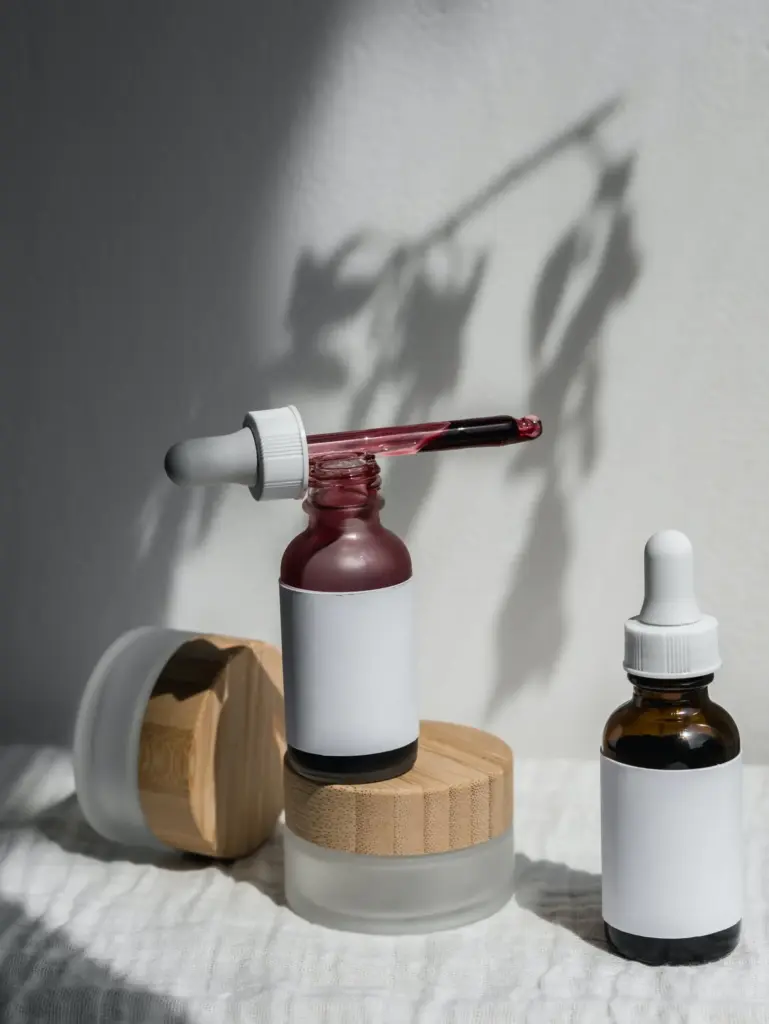Benzoyl peroxide is a popular ingredient in many skincare formulations, particularly in acne treatments. While its antibacterial properties can help reduce breakouts, there are hidden risks associated with its everyday use—especially for mature and sensitive skin.

This article explores how benzoyl peroxide works, its potential downsides, and best practices for safely integrating products that contain this ingredient into your skincare routine.
Table of Contents
Understanding Benzoyl Peroxide
Benzoyl peroxide is an oxidizing agent that works by releasing oxygen into the skin to attack Propionibacterium acnes, the bacteria responsible for acne. In doing so, it also exfoliates dead skin cells and helps unclog pores. Its efficacy has made it a staple in many over-the-counter acne treatments. However, this same powerful mechanism can present several challenges when used regularly on delicate skin.
Potential Hidden Risks
1. Excessive Dryness and Irritation
- Stripping Natural Oils: Benzoyl peroxide is effective at breaking down oils and impurities, but this can also strip away essential moisture from the skin. For mature skin—which is often drier—this may lead to increased dryness and a compromised skin barrier.
- Redness and Inflammation: Frequent or high-concentration use may cause irritation, redness, or a burning sensation, particularly on sensitive skin or areas where the skin is already weakened by age.
- Flaking and Sensitivity: Over time, the drying effects can lead to flaking, peeling, and an overall compromised skin texture that may exacerbate sensitivity.
2. Allergic Reactions and Sensitization
- Contact Dermatitis: Some individuals may experience allergic reactions to benzoyl peroxide, manifesting as contact dermatitis. Symptoms can include itching, swelling, and a rash.
- Long-Term Sensitization: Regular use might increase the skin’s sensitivity, making it more prone to reactions not just to benzoyl peroxide but also to other skincare ingredients.
3. Oxidative Stress and Potential for Skin Damage
- Generation of Free Radicals: As an oxidizing agent, benzoyl peroxide works by releasing oxygen molecules. This process, while beneficial for killing acne-causing bacteria, can also produce free radicals.
- Cellular Damage: Free radicals contribute to oxidative stress, which is linked to premature aging and skin damage over time. This is particularly concerning for women over 35 who are already managing signs of aging.
4. Interaction With Other Active Ingredients
- Compounding Irritation: Many everyday skincare products for mature skin include anti-aging ingredients like retinol, vitamin C, or glycolic acid. When used concurrently with benzoyl peroxide, there is a risk that these ingredients may interact, increasing irritation or causing an unpredictable reaction.
- Reduced Efficacy: The oxidizing nature of benzoyl peroxide may also potentially compromise the stability and effectiveness of other antioxidant ingredients in your routine.
Special Considerations for Mature and Sensitive Skin
Women over 35 often have skin that is not only more susceptible to dryness and irritation but also has a diminished natural barrier. This makes careful integration of benzoyl peroxide into a skincare routine all the more important. Consider the following:
- Sensitivity Testing: Always perform a patch test before introducing benzoyl peroxide into your regular routine. This is crucial for determining whether your skin can tolerate the ingredient.
- Lower Concentrations: Opt for products with lower concentrations of benzoyl peroxide to minimize the risk of irritation. Even formulations designed for acne-prone skin can be adjusted to suit more sensitive, mature skin.
- Balanced Routine: Incorporate hydrating and barrier-repair ingredients such as hyaluronic acid, ceramides, and aloe vera to counteract potential dryness and maintain skin integrity.
- Controlled Frequency: Limit the use of benzoyl peroxide-containing products to avoid overexposure. For example, using them only a few times a week—rather than daily—may help reduce cumulative irritation.
Best Practices for Safe Use
Gradual Integration
- Start Slow: Introduce benzoyl peroxide gradually into your routine. Begin with one application per week and observe how your skin reacts before increasing usage.
- Monitor Closely: Keep a skincare journal to track any changes or adverse reactions, adjusting frequency or product concentration as needed.
Pair with Soothing and Hydrating Products
- Moisturizers and Serums: Always follow up with a gentle, hydrating moisturizer. Look for products with ingredients designed to restore the skin barrier.
- Antioxidant Protection: Use serums rich in antioxidants like vitamin E and C to help neutralize free radicals generated by the oxidizing action of benzoyl peroxide.
Sun Protection
- Daily Sunscreen: Given that benzoyl peroxide can increase the skin’s sensitivity to the sun, applying a broad-spectrum sunscreen with SPF 30 or higher is essential every morning.
- Additional Protective Measures: Consider wearing a hat or seeking shade during peak sun hours to further protect your skin.
Consultation with a Dermatologist
- Professional Guidance: Especially if your skin is prone to sensitivity or you have underlying conditions, consult a dermatologist. They can help tailor your routine to minimize risks while still addressing acne effectively.
- Customized Recommendations: Dermatologists can provide guidance on alternative treatments and products that may offer similar benefits without the associated risks.
Conclusion
While benzoyl peroxide can be a potent ally in managing acne, its use in everyday skincare products carries hidden risks—especially for mature, sensitive skin. Overuse or high concentrations may lead to dryness, irritation, oxidative stress, and adverse interactions with other skincare ingredients.
By understanding these risks and implementing best practices such as gradual integration, hydration, sun protection, and professional consultation, you can harness the benefits of benzoyl peroxide while safeguarding your skin’s health.
For more expert beauty tips, product reviews, and personalized skincare advice, visit Hidden Risks of Benzoyl Peroxide on Health4Fun. If you have any questions or need further guidance, please reach out via email at [email protected].
Sources and Inspirations
This article was inspired by trusted beauty publications, dermatological research, and expert insights from skincare professionals. The recommendations and observations provided here combine time-tested skincare practices with modern innovations to empower women to make informed decisions about their skin health.
